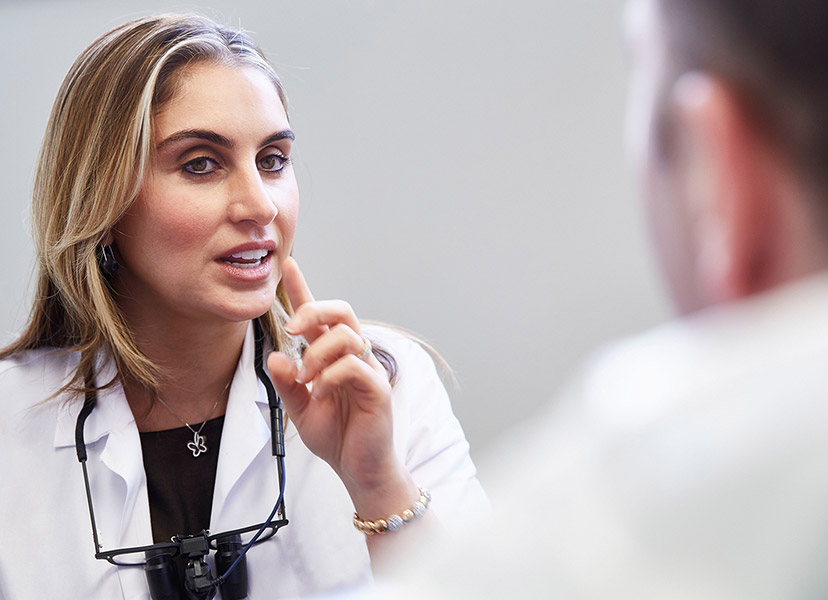
Need a CPAP alternative? Consider an oral appliance for sleep apnea
Most sleep apnea treatments involve surgery or a CPAP breathing device, which delivers consistent air pressure through a mask that fits over the nose and mouth. Yet despite the popularity of this device, our Ann Arbor dentists have seen a growing number of patients who can’t tolerate the CPAP mask or simply don’t use it.
Fortunately, there is a dental appliance for sleep apnea that may be suitable as a CPAP alternative. This dental appliance, called an Oral Sleep Device (OSD), has been proven to be effective for people with mild to moderate levels of sleep apnea.
The dentists at DGY Dentistry Ann Arbor regularly work with sleep physicians and understand how to choose from a variety of appliances and approaches for our patients. Our dentists will assess your personal situation and determine the solution that best fits your life.
Contact us to learn more or schedule an appointment.
Oral appliance for sleep apnea – FAQs
What is sleep apnea?
The Mayo Clinic defines sleep apnea as “a potentially serious sleep disorder in which breathing repeatedly stops and starts,” and notes that “[i]f you snore loudly and feel tired even after a full night’s sleep, you might have sleep apnea.”
If you experience symptoms of sleep apnea — including loud snoring, gasping for air during sleep, difficulty staying asleep, and morning headache — talk to your doctor.
What is a sleep apnea mouthpiece?
A sleep apnea mouthpiece, or Oral Sleep Device, is a dental appliance that repositions the jaw to open the airway for breathing. This allows for sounder sleep and can help treat snoring and mild to moderate cases of sleep apnea. In most cases of mild to moderate sleep apnea, the device will resolve the snoring first. It can take some time to titrate the device to an ideal position and severe apnea cases are less responsive to this method.
Oral appliances for sleep apnea are designed and fabricated specifically for the patient, and there are a variety of appliances and approaches to choose from. The SomnoMed appliance, for example, is designed to fit both upper and lower jaws. Adjustment controls the extent of forward lower-jaw position, while the vertical fins permit freedom to open and move the jaw.
Our experienced dentists can work with you to choose the option that will work best for your situation.
How to get an oral appliance for sleep apnea
You will need a sleep study and prescription to get a device. At DGY Dentistry, we work with the patient’s sleep physician to determine the best approach.
Interested in learning more? Contact us today.



